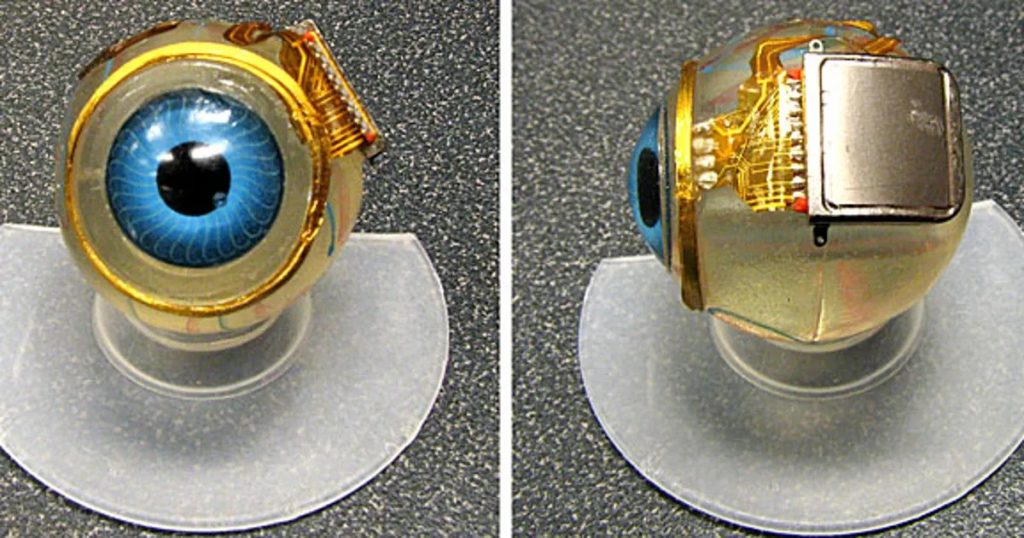
A Comprehensive Guide: Understanding Multiple Sclerosis For PIP Eligibility.
Multiple Sclerosis (MS) is a chronic, often debilitating disease that affects the central nervous system, particularly the brain and spinal cord. It is characterized by the immune system attacking the protective sheath (myelin) that covers nerve fibers, causing communication problems between the brain and the rest of the body. Eventually, the disease can cause permanent damage or deterioration of the nerves themselves.
Symptoms of Multiple Sclerosis
The symptoms of MS can vary widely among individuals and can change or fluctuate over time. The severity and duration of these symptoms also differ, making each case unique. Here is a comprehensive list of symptoms that a person with MS might experience:
Physical Symptoms
- Muscle Weakness: Reduced strength in one or more limbs, affecting mobility and dexterity.
- Spasticity: Muscle stiffness and involuntary spasms, often in the legs.
- Coordination and Balance Problems: Difficulty walking, maintaining balance, and performing coordinated movements.
- Tremors: Uncontrollable shaking of the limbs or other parts of the body.
- Fatigue: Overwhelming tiredness that is not necessarily related to physical activity.
- Numbness or Tingling: Sensations of pins and needles, usually in the face, arms, legs, and fingers.
- Pain: Chronic pain, including nerve pain (neuropathic pain) and musculoskeletal pain.
- Vision Problems: Blurred vision, double vision (diplopia), and partial or complete loss of vision (usually in one eye at a time, known as optic neuritis).
- Bladder Problems: Frequent urination, urgency, or incontinence.
- Bowel Issues: Constipation or, less commonly, loss of bowel control.
- Sexual Dysfunction: Reduced sexual sensation, arousal, and performance issues.
- Speech Difficulties: Slurred speech (dysarthria) or difficulty speaking.
- Swallowing Problems: Difficulty swallowing (dysphagia).
Cognitive Symptoms
- Memory Issues: Short-term memory loss or difficulty remembering information.
- Concentration Difficulties: Trouble focusing on tasks or maintaining attention.
- Information Processing: Slowed ability to process and respond to information.
- Executive Function: Challenges with planning, problem-solving, and multitasking.
- Language Issues: Trouble finding the right words or following conversations.
Emotional and Psychological Symptoms
- Depression: Persistent feelings of sadness or hopelessness.
- Anxiety: Excessive worry or fear that can interfere with daily activities.
- Mood Swings: Rapid changes in mood, irritability, or emotional instability.
- Pseudobulbar Affect: Involuntary episodes of crying or laughing.
Other Symptoms
- Dizziness and Vertigo: Sensations of spinning or loss of balance.
- Heat Sensitivity: Worsening of symptoms with increased body temperature (Uhthoff’s phenomenon).
- Seizures: Rare but possible, MS can sometimes lead to seizures.
- Hearing Loss: Rare, but some individuals may experience hearing problems.
Impact on Daily Life
Living with MS can significantly impact an individual’s daily life, affecting their physical, emotional, and social well-being. Here are some examples of how these symptoms might interfere with day-to-day activities:
- Mobility and Independence: Muscle weakness, spasticity, and balance problems can make walking and moving around difficult, requiring the use of mobility aids such as canes, walkers, or wheelchairs. This can affect the ability to perform daily tasks like cooking, cleaning, and shopping.
- Work and Productivity: Fatigue, cognitive issues, and physical limitations can hinder job performance and productivity, leading to potential career challenges or the need for workplace accommodations.
- Social Interactions: Speech difficulties, mood swings, and emotional instability can strain relationships with family, friends, and colleagues, leading to social isolation.
- Daily Routines: Bladder and bowel issues can necessitate frequent bathroom breaks and create anxiety about being away from home. Fatigue can make it challenging to complete daily chores and participate in social activities.
- Mental Health: The emotional toll of living with a chronic illness, combined with physical symptoms, can lead to depression and anxiety, further impacting the overall quality of life.
- Safety: Dizziness, vertigo, and balance problems increase the risk of falls and injuries, necessitating home modifications for safety.
- Leisure Activities: Hobbies and recreational activities may become more difficult to enjoy, particularly those that require physical exertion or precise movements.
- Self-Care: Personal hygiene and grooming can be challenging due to muscle weakness, coordination issues, and fatigue.
- Family Dynamics: MS can place a significant burden on caregivers and family members, requiring adjustments to family roles and responsibilities.
Managing Multiple Sclerosis
While there is no cure for MS, various treatments and strategies can help manage symptoms and improve quality of life.
These include:
- Medications: Disease-modifying therapies (DMTs) to slow the progression of MS, corticosteroids to reduce inflammation, and medications to manage specific symptoms (e.g., pain, spasticity, fatigue).
- Physical Therapy: Exercises to strengthen muscles, improve balance, and enhance mobility.
- Occupational Therapy: Techniques to help with daily tasks and improve independence.
- Speech Therapy: Assistance with speech and swallowing difficulties.
- Cognitive Rehabilitation: Strategies to cope with cognitive challenges.
- Lifestyle Modifications: Regular exercise, a balanced diet, adequate rest, and stress management techniques.
- Support Groups: Connecting with others who have MS for emotional support and practical advice.
Conclusion
Multiple Sclerosis is a complex and unpredictable disease with a wide range of symptoms that can profoundly impact an individual’s life. Understanding these symptoms and their effects is crucial for managing the condition and improving the quality of life for those affected by MS.
To prove how Multiple Sclerosis (MS) affects your daily life for Personal Independence Payment (PIP) eligibility, it is essential to provide detailed, specific examples of how your symptoms impede your ability to perform everyday activities. Keep a diary documenting your struggles with tasks such as walking, dressing, cooking, and personal hygiene, noting the frequency and severity of your difficulties. Gather medical evidence, including diagnosis, treatment plans, and letters from healthcare professionals, to substantiate your condition. Additionally, obtain statements from caregivers, family members, or friends who can corroborate the impact of MS on your daily functions. Highlight how fatigue, pain, cognitive issues, and other symptoms necessitate the use of aids or assistance, and emphasize any safety concerns or need for supervision. This comprehensive documentation will help demonstrate the extent of your disability and its impact on your life.













